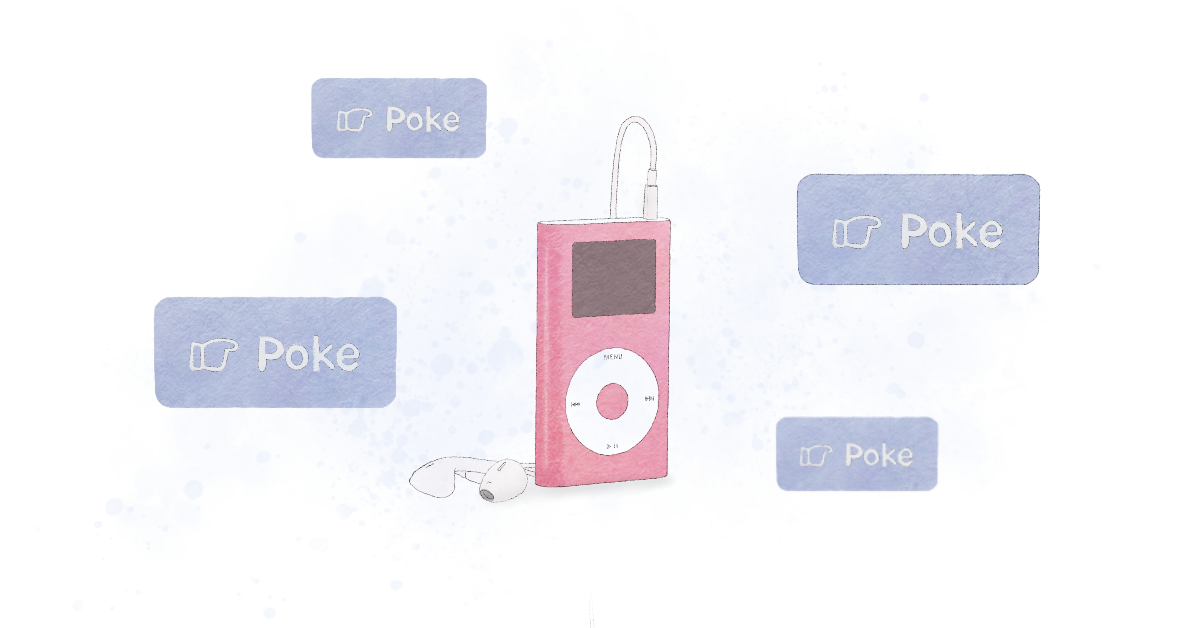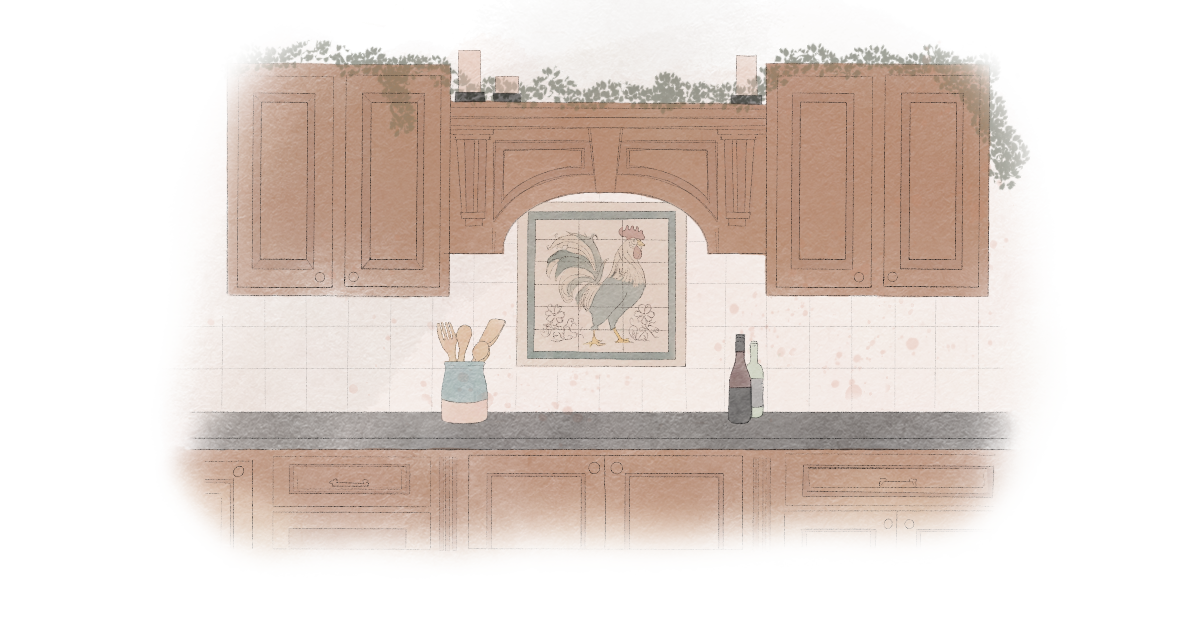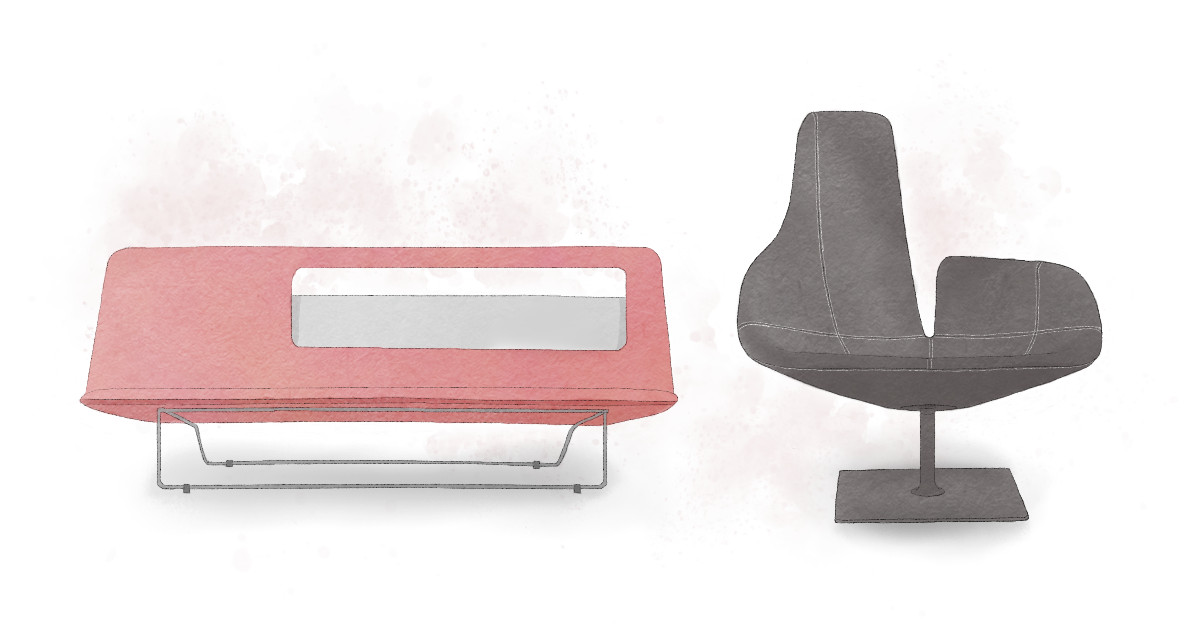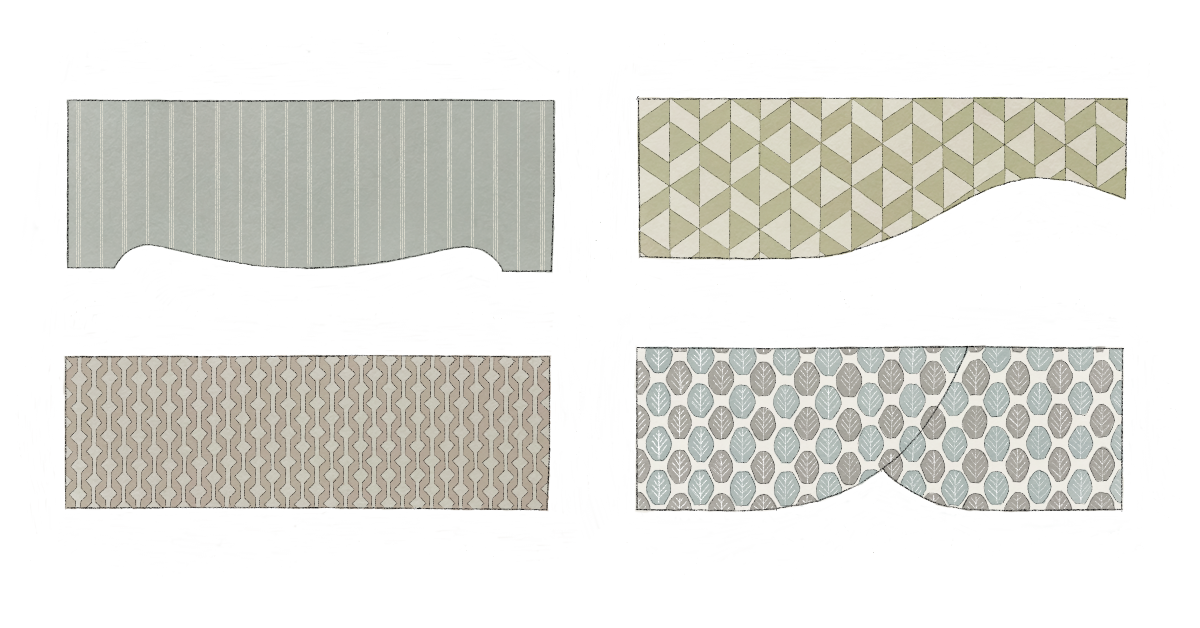
75 Years of Design | The 2000s
Brooke Cleaver July 29, 2025
In honor of our 75th anniversary, we’re taking a closer look at the history of interior design and how Lafayette Interior Fashions has evolved alongside it. If you’re just now joining us, welcome. Each month, we’re diving into a different era and exploring its styles, cultural shifts, and milestones.
This time, we're stepping into the aughts: a decade shaped by uncertainty, innovation, and a renewed appreciation for the home. From sponge-painted kitchens to transitional shades, design responded to a world in flux with mood boosting colors, accents points, furniture, and décor.
The Dawn of a New Millennium
The new millennium was finally upon us. And although the world didn’t end in fire and brimstone, like the Y2K conspiracy theorists had warned, the 21st century was not without its challenges. Following the September 11th terrorist attacks on the World Trade Center and the Pentagon, the United States was once again at war, this time with Afghanistan and Iraq. Hurricane Katrina devastated parts of the Gulf Coast, destroying much of New Orleans. And the 2007 global financial crisis sparked a new recession (or the Great Recession, if we’re being technical) that would last until the latter part of the decade. The new millennium was here, and for many, it was bleak. But it also had its triumphs.

The early 2000s ushered in a period of rapid technological growth. It marked the completion of the Human Genome Project, a thirteen-year-long endeavor that led to advancements in disease prevention and control. It also introduced the world to a whole new era of cable and reality television (who could forget our favorite chemistry teacher gone bad?). In everyday life, innovations like the iPod, social media, and streaming changed how we connected with the world and with each other.
So while the decade brought its fair share of doom and gloom, it also brought a sense of innovation and optimism that would carry over into the home.
A Cure for Wanderlust
Perhaps one of the best examples of how this optimism manifested itself is through the rise of the Tuscan kitchen. For those of you who owned a home during the early aughts—or were coming of age at the time—you probably don’t need a re-introduction. These quasi-European kitchens were synonymous with the middle class and often featured a medley of old-world-inspired colors, fixtures, and motifs. But for those of you who don’t remember, allow us to set the scene.
It’s 2005. Doctor Who is set to make its long-awaited return, and you head to the kitchen to grab a celebratory snack. You walk in and are greeted by tan, yellow, and light brown walls with cherry brown cabinets. In the center of the room is a large, granite island—the finish of choice—with wrought iron fixtures lining each drawer. The walls are pebbled with sponge-painted accents, reminiscent of those found in stucco. And above the stove sits a decorative backsplash depicting roosters and vineyards. Above the cabinets runs a carefully placed row of synthetic vines.
 This was the kitchen of the 2000s. And for many, it served as a form of escapism. Between the terrorist attacks on 9/11 and the destruction of New Orleans, many Americans were looking for a sense of calm to distract them from the outside world. One of the ways they achieved this was through the home. Before the subprime mortgage crisis of the late 2000s, many homeowners found peace through renovation. The Tuscan kitchen was one byproduct of this era of exploration. The spa bathroom was another. It was a lot easier to shut out the uncertainties of the world with a large soaking tub, steam shower, and stone-lined walls.
This was the kitchen of the 2000s. And for many, it served as a form of escapism. Between the terrorist attacks on 9/11 and the destruction of New Orleans, many Americans were looking for a sense of calm to distract them from the outside world. One of the ways they achieved this was through the home. Before the subprime mortgage crisis of the late 2000s, many homeowners found peace through renovation. The Tuscan kitchen was one byproduct of this era of exploration. The spa bathroom was another. It was a lot easier to shut out the uncertainties of the world with a large soaking tub, steam shower, and stone-lined walls.
The Colors that Defined the Decade
Another way that homeowners found refuge? Through color. The palette of the decade mirrored this deeper desire for comfort and stability. Many of the coffee-colored earth tones of the previous decade carried over into the aughts. Grounding hues like beige, brown, and gold provided a stable backdrop for kitchens and living rooms and were often the palette of choice for walls, floors, and cabinets. The reds, oranges, and purples of the dot-com era, in turn, took a backseat to cooler hues. Pale tones like blue, aqua, and white served as a soothing accent point for bedrooms, bathrooms, and living rooms.
.png)
Furniture Continues to Conform
But color wasn’t the only thing getting cozier. Furniture was, too. If you’ve been following us for a while, then you know that furniture took an interesting turn in the ‘90s, and was largely chosen to conform to changing shifts in technology. As we crossed the bridge from one millennium to the next, that need for conformity only broadened.
As homeowners moved into bigger and better homes, with larger rooms, the need for bigger and better furniture only amplified. The typical living room now featured a large leather sofa, with the occasional cupholder or two. You also saw the introduction of giant recliners and chairs that could fit more than one person, otherwise known as the chair-and-a-half.
The bulky armoires and cupboards of the dot-com era slowly evolved into full-on entertainment centers, built to hold flat-screen TVs and DVD players. And coffee tables were designed to be easily moved so that you could spread out and practice your tennis and bowling skills on the Wii. The lighter pines and oaks that dominated the '90s were replaced with deep, dark-stained accents that played into the Tuscan motif, and the maximalism of the previous two decades began to give way to a new round of minimalism.
Furniture design was becoming sleeker, cleaner, and more comfortable, even in the realm of high design. Some notable designers from the era include Ronan and Erwan Bouroullec with the Glide Sofa, Konstantin Grcic with Chair One, and Patricia Urquiola with the Fjord Chair.

A Shift in the Industry
As we entered the 21st century, Lafayette Interior Fashions was feeling many of the same pressures as the greater world at large. Homeowners were moving away from the flowy, decorative styles of the past two decades and leaning into a more minimal, streamlined look. Draperies and valances were traded in for roller shades and cornices. And Lafayette had to keep up.

Noticing these shifts, the team got to work on a new product—one that matched the changing tastes of the time. In January of 2008, Lafayette introduced the Allure® Transitional Shade: a sleek, modern shade that combined the look of horizontal blinds with the smooth pull of a roller shade.
Its alternating bands of sheer and light-filtering fabric allowed homeowners to diffuse light while still enjoying the view. Today, you might know it as a transitional shade, zebra shade, or banded shade—but back then, it was a brand-new concept, and it came straight from Lafayette. But the innovation didn’t stop there. With smart tech on the rise, Lafayette also began laying the groundwork for a dedicated motorization department, helping shape what would become the next chapter in window treatment design.

Final Thoughts
The start of the new millennium came with its fair share of challenges, but it also sparked a wave of innovation and creativity. If there’s one takeaway from the Y2K era, it’s that some of the best ideas, designs, and breakthroughs are born from moments of uncertainty.
What were some of your favorite moments from the aughts? We’d love to hear your thoughts. Join us over on Instagram, Facebook, and LinkedIn to continue the discussion.
Lafayette Interior Fashions is a family-owned, to-the-trade manufacturer of blinds, shades, draperies, and other custom-crafted interior fashion products. To learn more about our products, find a local dealer near you.


 This was the kitchen of the 2000s. And for many, it served as a form of escapism. Between the terrorist attacks on 9/11 and the destruction of New Orleans, many Americans were looking for a sense of calm to distract them from the outside world. One of the ways they achieved this was through the home. Before the subprime mortgage crisis of the late 2000s, many homeowners found peace through renovation. The Tuscan kitchen was one byproduct of this era of exploration. The
This was the kitchen of the 2000s. And for many, it served as a form of escapism. Between the terrorist attacks on 9/11 and the destruction of New Orleans, many Americans were looking for a sense of calm to distract them from the outside world. One of the ways they achieved this was through the home. Before the subprime mortgage crisis of the late 2000s, many homeowners found peace through renovation. The Tuscan kitchen was one byproduct of this era of exploration. The .png)



